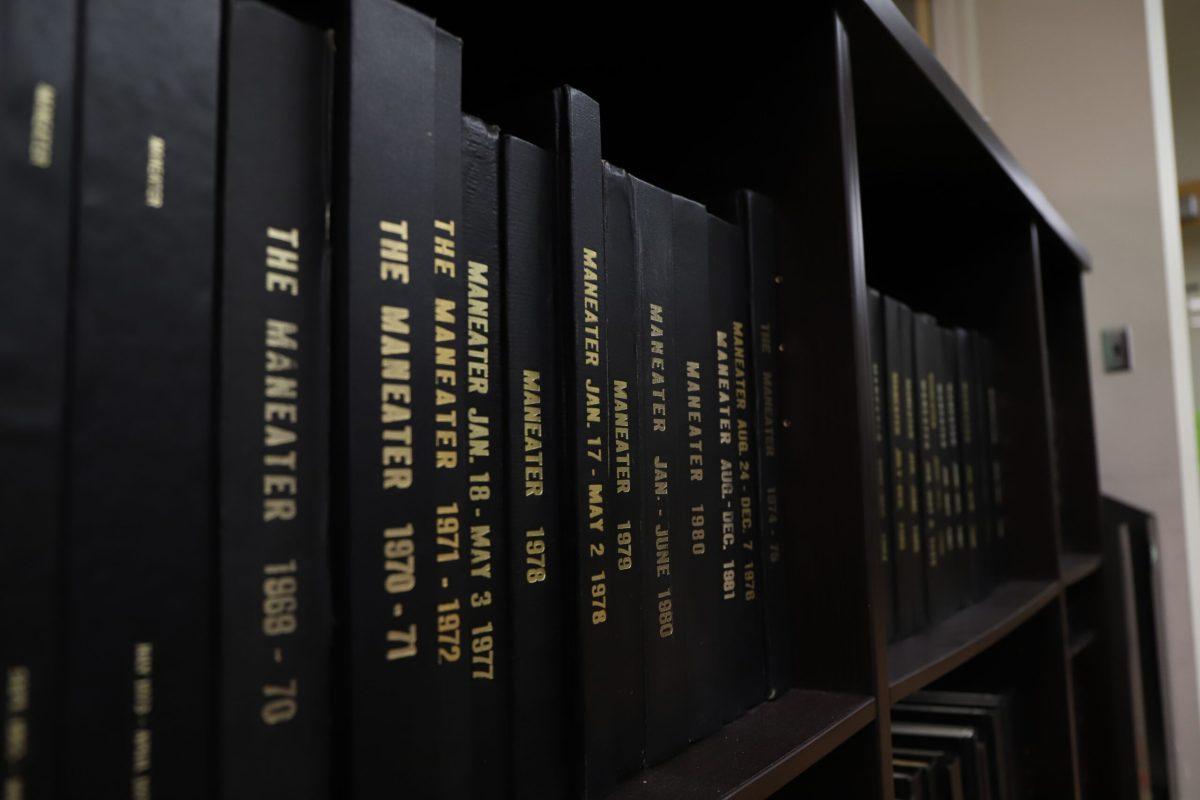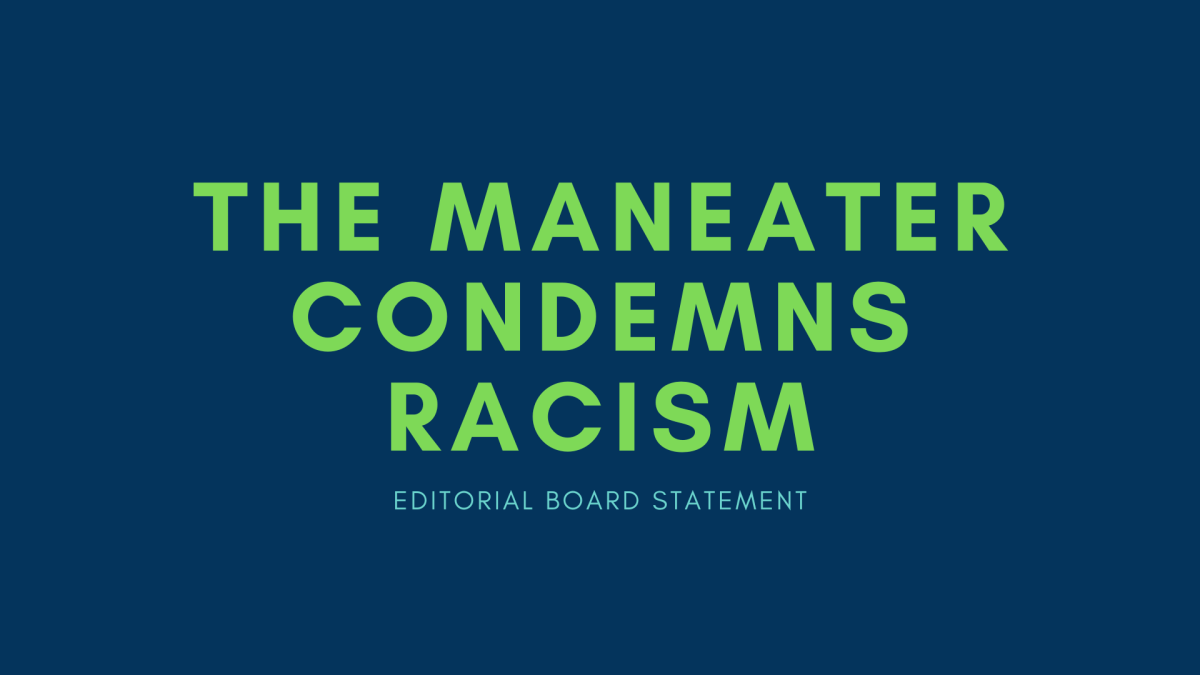Incoming students, beware: You’re moving into residence hall next month, and your roommate, hall neighbors and classmates are going to be nothing like you. They’ll be from the crime-ridden city, a closed-minded suburban neighborhood or the “middle of nowhere.”
And their geographical history won’t be the only thing that makes them different. Even if you padded your social boundaries by rooming with a friend from home, living together in a tiny box with poor air circulation will expose you to new habits, new norms and a sliver of diversity because people are unique. And, ironically, what makes people unique also tends to be what makes them fight.
In attending a large university in the Midwest, MU students will, in at least some capacity, gain insight into a kind of diversity that hosts both challenges and positive experiences.
Right now, you may be thinking you “get” diversity. It’s the 21st century, and few people still employ the racism and classism that our grandparents or even our parents experienced when they were growing up. But while American laws don’t necessarily lend themselves to stereotypes or racism any longer, we’re still facing social stigmas that are important to recognize and question.
In recent memory, there are two main events that are important for incoming freshmen to be aware of to understand the current issues facing the MU community: The ‘Cotton Ball Incident’ and the ‘Hatch Hall Incident.’
The Cotton Ball incident, in summary, happened when two MU students littered cotton balls in the yard of the Gaines/Oldham Black Culture Center on campus one night in the spring of 2010. Obviously, it was viewed as a hate crime and the two were punished. However, the event brought racial tensions to the forefront of students’ and administrators’ minds.
About a year later, a similar thing happened when an allegedly intoxicated Hatch Hall resident spray-painted a slur on a statue in front of the building. Once again, MU students were forced to reconsider how they viewed diversity.
It’s likely that none of the offenders thought at the time, “Even though this will present me with severe obstacles to finishing my education and getting a job later, I will promote the cause of white power!” More than likely, they thought it would be a funny joke. And perhaps it’s important to note that, in our society, a lot of comedy does rely on racial or cultural differences.
The events shook our community, but where did they leave us? Ironically, the student body seemed to shift toward a greater divide in the fault lines between those who were organizing against racism, promoting a “One Mizzou” culture and using the events as a reigniting of the fight for a required diversity course.
On the other side, there are those who believe this is all too much, that a diversity course would be a huge waste of time and money and that we should just ignore the incidents because they don’t represent the larger population.
In response to the Cotton ball incident, Jordan Paul, a Maneater columnist and former Missouri Students Association president, wrote about the significance of diversity issues on MU’s campus. For instance, many students don’t know that the BCC was established because “our campus used to be significantly more hostile to minorities than is the case in the status quo, hence the desire for a safe space that ultimately manifested itself in the form of a black culture center… how many students are aware we had a lynching in Columbia in the 20th century and played ‘Dixie’ at home football games as late as the ’60s?”
The issue isn’t purely black and white, though. The Maneater published an investigative piece concerning minority retention rates in Nov. 2010, and found that despite the university touting increased minority enrollment rates, retention and graduation rates were both down and disproportionate to the general population.
At the end of the spring 2011 semester, MU’s Chief Diversity Officer Roger Worthington stepped down from his position. The administration isn’t yet searching for a new candidate to fill his post, and at this time in MU’s history, we have to disagree with that decision.
Worthington organized the MizzouDiversity Summit, a conference and series of workshops bringing together students and staff to talk about diversity issues, solutions and how to create change for the better. Having a central organizing agent in this situation seems crucial to our community, and we urge MU to reconsider waiting to hire a new chief officer. Facing a divide concerning the diversity course, gender regulations in housing and retention rates, now is the time for those at MU to be unified in bettering our community.
As for the incoming freshmen, realize biases (yours, your family’s, your roommate’s) early and challenge them. As a new member of the MU community, it’s your social responsibility.










